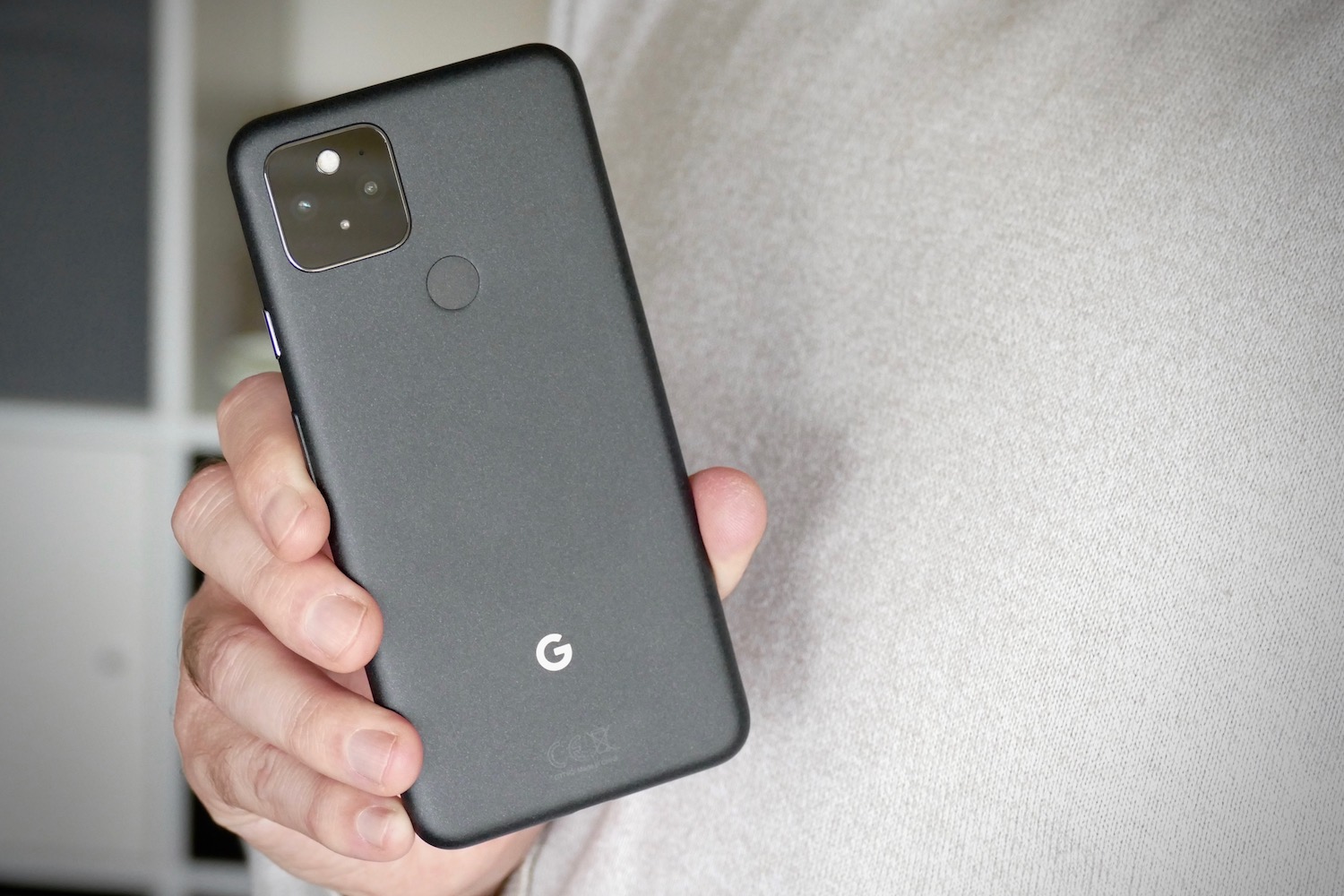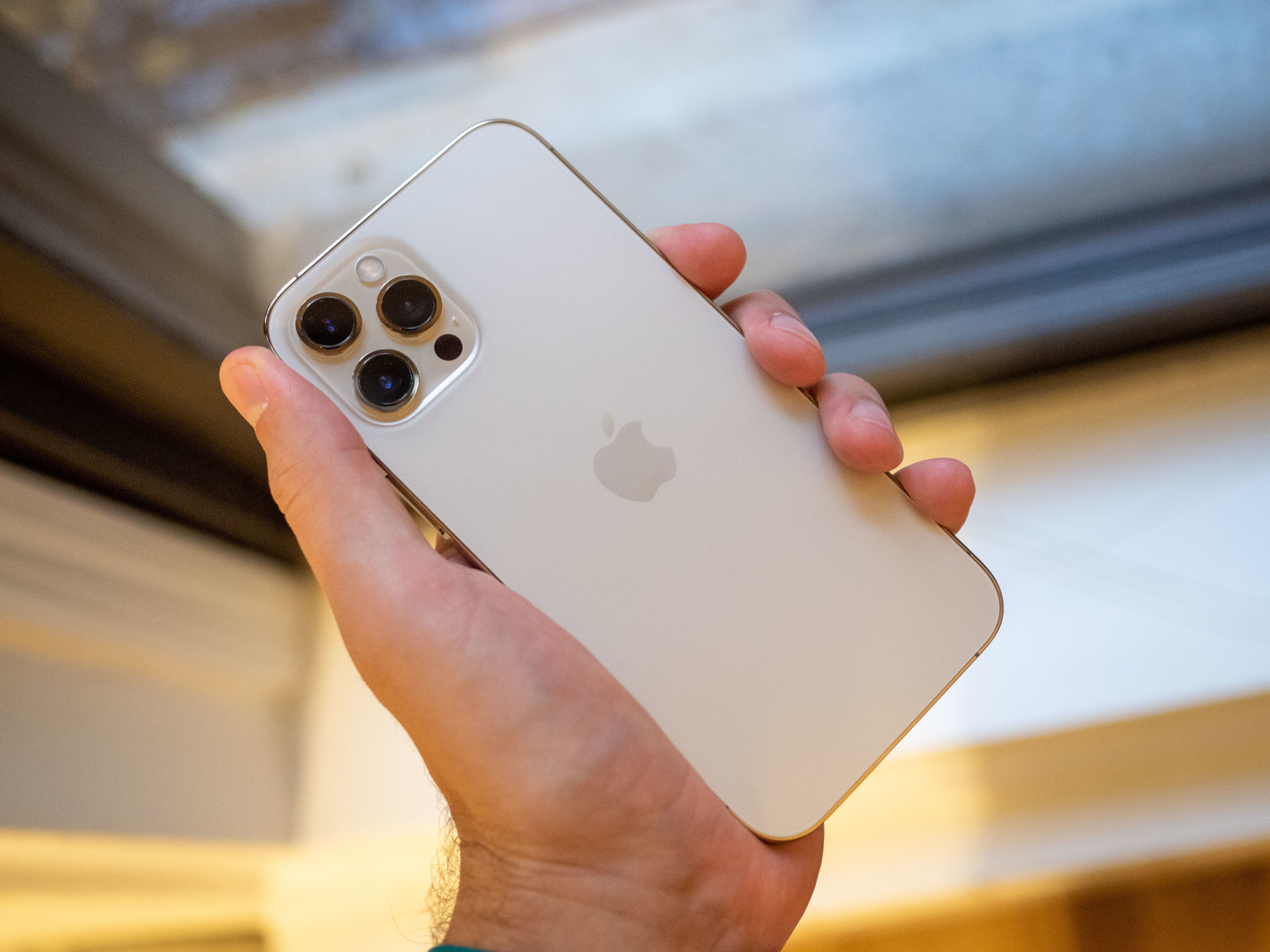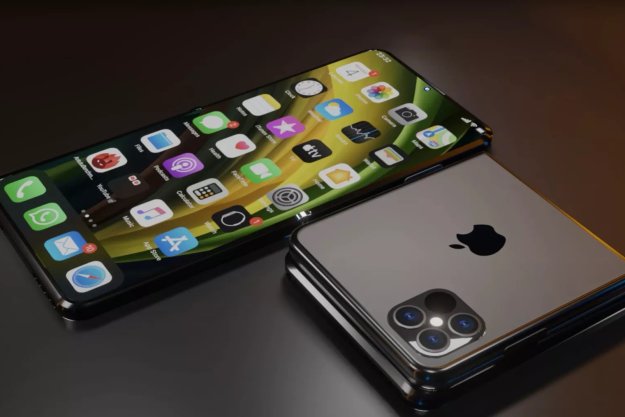The smartphones released this year have met a very high standard, almost regardless of the cost, and manufacturers have seemingly done more than ever to entice us into buying their devices with an array of interesting, fun, quirky, and useful features. With so many memorable phones, which of the features or innovations we’ve used stood out to Digital Trends’ mobile team the most?
It’s a hard question to answer, as not only are we spoiled for choice, but which ones really went beyond being an eye-catching gimmick and into useful, or even groundbreaking territory. It’s easy to get distracted by hyped-up features like 5G, and phones that take the kitchen-sink approach like the Samsung Galaxy Note 20 Ultra, so after some careful consideration, these are the features and innovations we’ve loved the most from phones this year.
Andrew Martonik
Variable refresh rate displays are the future
The big push in smartphone displays for 2019 was moving beyond 60Hz to higher refresh rates that dramatically smooth out motion. A high refresh rate just feels right, and once you have one it’s tough to go back. 2020 was arguably just as important, as several companies made the next jump to variable high refresh rate displays.

With a variable refresh rate, the display can change the refresh rate on-demand depending on the content being shown. It seems like a nerdy detail, but it’s incredibly important. Not only can the screen change the refresh to match the frame rate for video or gaming, but it can also save a considerable amount of battery in times when there’s no motion on the screen.
When your phone’s just showing a lock screen, home screen, or static app page, it can sit at a low refresh like 10Hz and just sip power. Then the instant that you tap the screen, it can ramp all the way up to 120Hz — and everything in between. Phones like the Galaxy Note 20 Ultra and Xiaomi Mi 10T Pro do this, and it’s a real feat of technology.
Google released a metal phone … with wireless charging
The Google Pixel 5 is hardly a design marvel. In fact, it’s quite boring looking. But there’s more underneath its skin, including one feature that’s super interesting to me. The Pixel 5 is made of aluminum, like most phones, but it also offers wireless charging (and reverse wireless charging!) unlike any other metal phone. Phones have gone to glass backs for many reasons, but a critical one is to allow for wireless charging. Not on the Pixel.

Google didn’t make some massive breakthrough in materials science that lets it use Qi charging through metal — it simply cut a hole in the metal instead. But you’d never know it. Since Google uses a textured coating over the Pixel 5’s entire body, it’s able to cut a hole in the back, fill it in with a Qi coil and a resin, and paint over it. And just like what’s done to your apartment walls after you move out, when it’s done right the users are none the wiser.
It’s done right here. Touch, tap, slide your fingers all over it and you’d never be able to tell it isn’t metal. I’m a fan of the textured coating in general compared to the usual slippery metal finishes out there, even if it didn’t have this neat trick hiding. But it’s also a fun thing to nerd out about. I would be shocked if other companies aren’t doing the same in future phones.
Andy Boxall
Screens aren’t fixed any more
The screen doesn’t have to remain fixed in one place, remain the same size, or even only be placed on the front of your phone any more, and 2020 has pushed this exciting design and usability innovation forward in exciting ways. The Samsung Galaxy Z Fold 2, and how it made foldable phones truly usable everyday, is the most obvious winner, but several others have played with our preconceptions about how phones should look and act.

LG’s crazy Wing phone may have its flaws, but the rotating screen (and secondary screen hidden underneath) is an exciting, unusual, and almost really useful hardware innovation. If only software developers were similarly committed to exploring new designs, it may have really taken off (sorry). Huawei’s Mate XS folding smartphone showed how screens can work on the front and the back of the phone, as well as proving foldables can fold outward as well as inward, and Motorola’s improved Razr and the Galaxy Z Flip show foldables don’t have to be massive.

Prices are still high on all these devices, but Samsung may be about to change this a little, while companies like Oppo are experimenting with further new screen type designs. These phones are all still early adopter playthings due to the cost, but this year we’ve seen advancements which prove they will be more than that in the near future.
Asus mastered the flip-over camera
We all take selfies (go on, admit it), but most of us do so with a compromised, sub-standard front camera that can’t match the ability of the rear camera. Asus said, “what if the rear camera is also the front camera?,” and engineered a complicated yet beautiful mechanized hinge system for the Zenfone 7 Pro, which flips the rear camera around for use as the selfie camera.

The original Zenfone 7 introduced the feature, but Asus really refined it for this year’s Zenfone 7 Pro, and it’s without a doubt the best selfie-focused smartphone you can buy. Everything the rear camera does — and it’s a great performer with plenty of features — is repeated for selfies when the module flips round. It’s fast and fun, and it attacks a problem few address or even admit is there in an innovative and technically very impressive way. It’s surprising we haven’t seen at least one other interpretation of the tech elsewhere.
Christian de Looper
ZTE made under-display cameras a reality
Development of under-display camera tech has been underway for a few years, with Oppo demonstrating the technology in mid-2019, but 2020 is the year it finally became a reality. With the ZTE Axon 20 5G, there’s now a phone on the market, that can be bought, with an under-display camera sensor.
Now, let’s get this out of the way right now — the front-facing camera in that phone kinda sucks. But the concept is still really cool, and things can only get better from here. Smartphone manufacturers are likely to continue developing this tech until the camera quality is actually passable.
It will probably be at least a year or so before many more phones start to adopt this tech, but the fact that it’s possible proves that at some point in the near future, we should finally start getting more phones with true, uninterrupted edge-to-edge displays.
The iPhone 12 Pro Max brought smartphone cameras to the next level
The iPhone 12 Pro offers a great camera system, but the 12 Pro Max steps things up a little. With the iPhone 12 Pro Max, Apple released a new, larger camera sensor with a new sensor shift technology. The sensor is actually a hefty 47% larger than that on the iPhone 11 Pro Max, and as a result, lets in more light, and reduces noise, especially in low-light shots.

The sensor shift tech is a new (for smartphones) take on image stabilization, stabilizing the sensor itself rather than just the lens, just like a DSLR. It’s less immediately noticeable, but still handy — and lets the 12 Pro Max take crisper, brighter photos in challenging lighting even without Night Mode. It’s a seriously impressive technical leap over even the regular 12 Pro.
The only downside to all of this? The fact that it’s only available on the iPhone 12 Pro Max, and not the standard iPhone 12 Pro. Hopefully, the tech will trickle down to other models next year.
Editors' Recommendations
- Nomad’s new iPhone case and Apple Watch band may be its coolest yet
- 5 phones you should buy instead of the Google Pixel 8
- 5 phones you should buy instead of the iPhone 15 Pro Max
- 5 phones you should buy instead of the iPhone 15 Pro
- 5 phones you should buy instead of the Samsung Galaxy S24 Ultra




